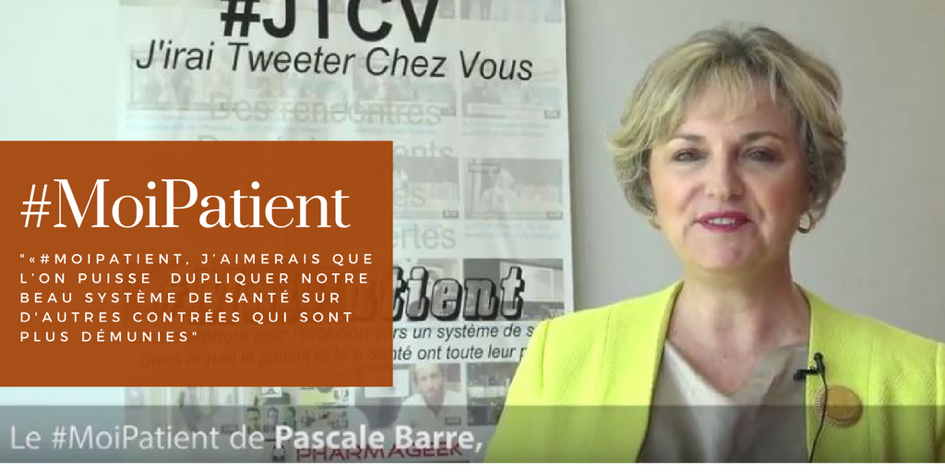Internet of Things infographic offers some clues on trends in healthcare
03/11/2013Are We Missing SMS as a #Patient Engagement Opportunity?
04/11/2013CDC looks to social media for disease trends
he Centers for Disease Control can envision a future where it uses social media as a data source for the early tracking of emerging diseases, but it’s not without obstacles.
Nontraditional data sources are an increasing necessity caused by the great recent decline of public health staff at local governments, said Joanne Andreadis, senior advisor within the CDC Office of Public Health Preparedness and Response. She spoke on a panel Oct. 28 during the annual ACT-IAC Executive Leadership Conference.
There’s a lot of « accurate and verifiable information that we can use, whether it’s social media or crowd-sourcing, » echoed James Tyson, CDC chief of situational awareness. The center would like to get to the point where the agency has not just awareness of current situations, but is able to get in front of brewing epidemics, he added.
But social media in particular isn’t without risk. Self-identified location in social media is notoriously unreliable, and incidents can attract tweeting or re-tweeting from a geographically dispersed audience.
In addition, crowdsourced data is subject to distortion–the previously unassailable Google Flu Trends famously overstated the prevalence of flu in 2012.
But, there is research underway on how to use network analysis–looking at the geographic indicators of connected members of a social network–that could potentially filter out social media from people not actually in a location, said Catherine Havasi, an MIT research scientist. Google Flu Trends, she added, is based on search queries, meaning that search trends may be a reflection of worries rather than fact, she added.
See on www.fiercegovernmentit.com




